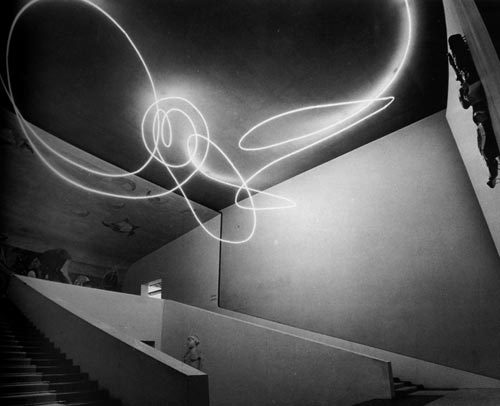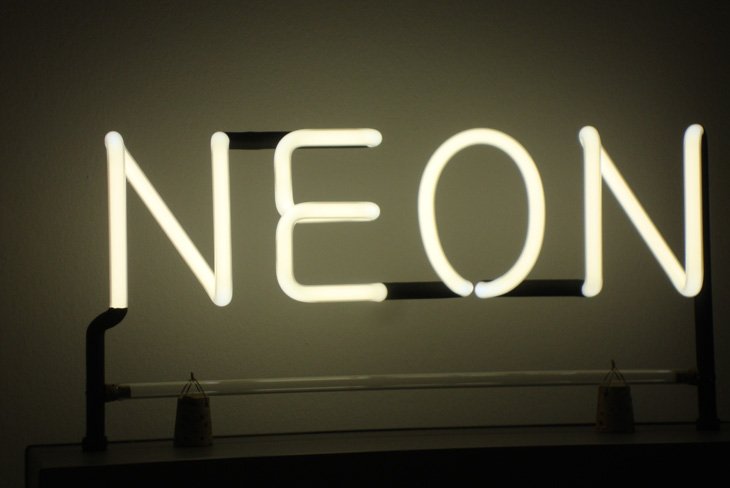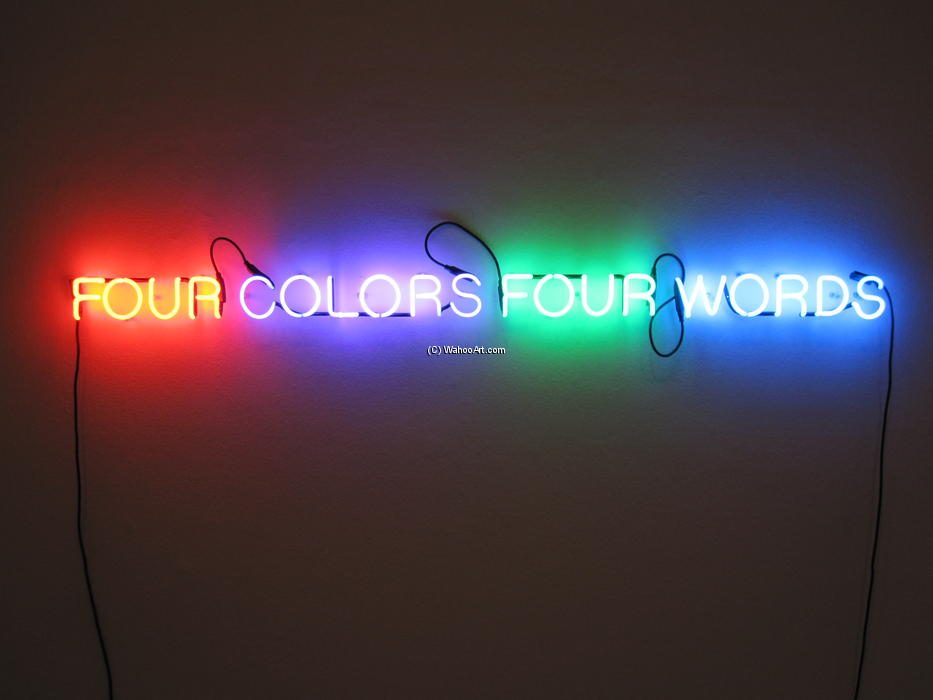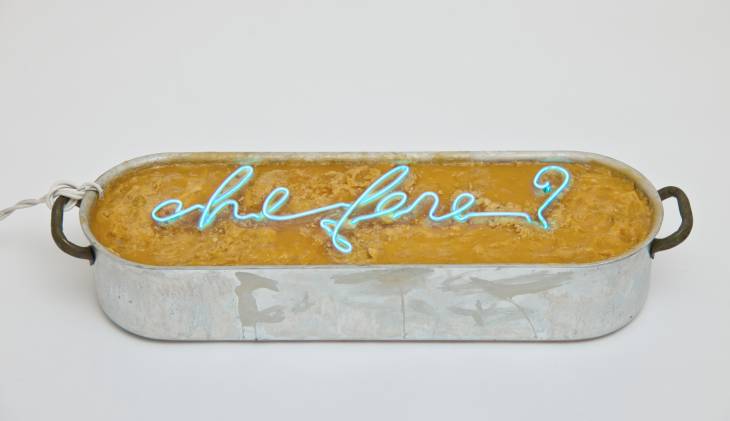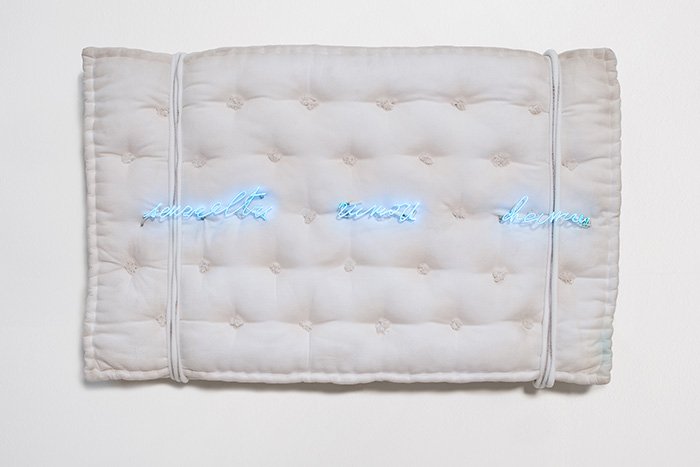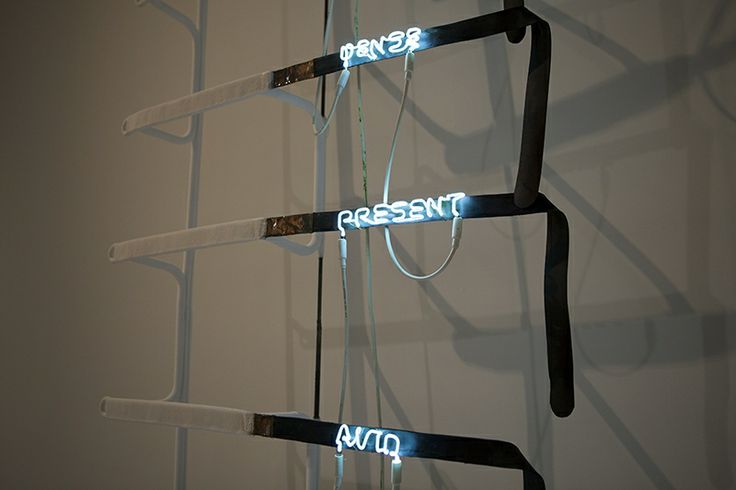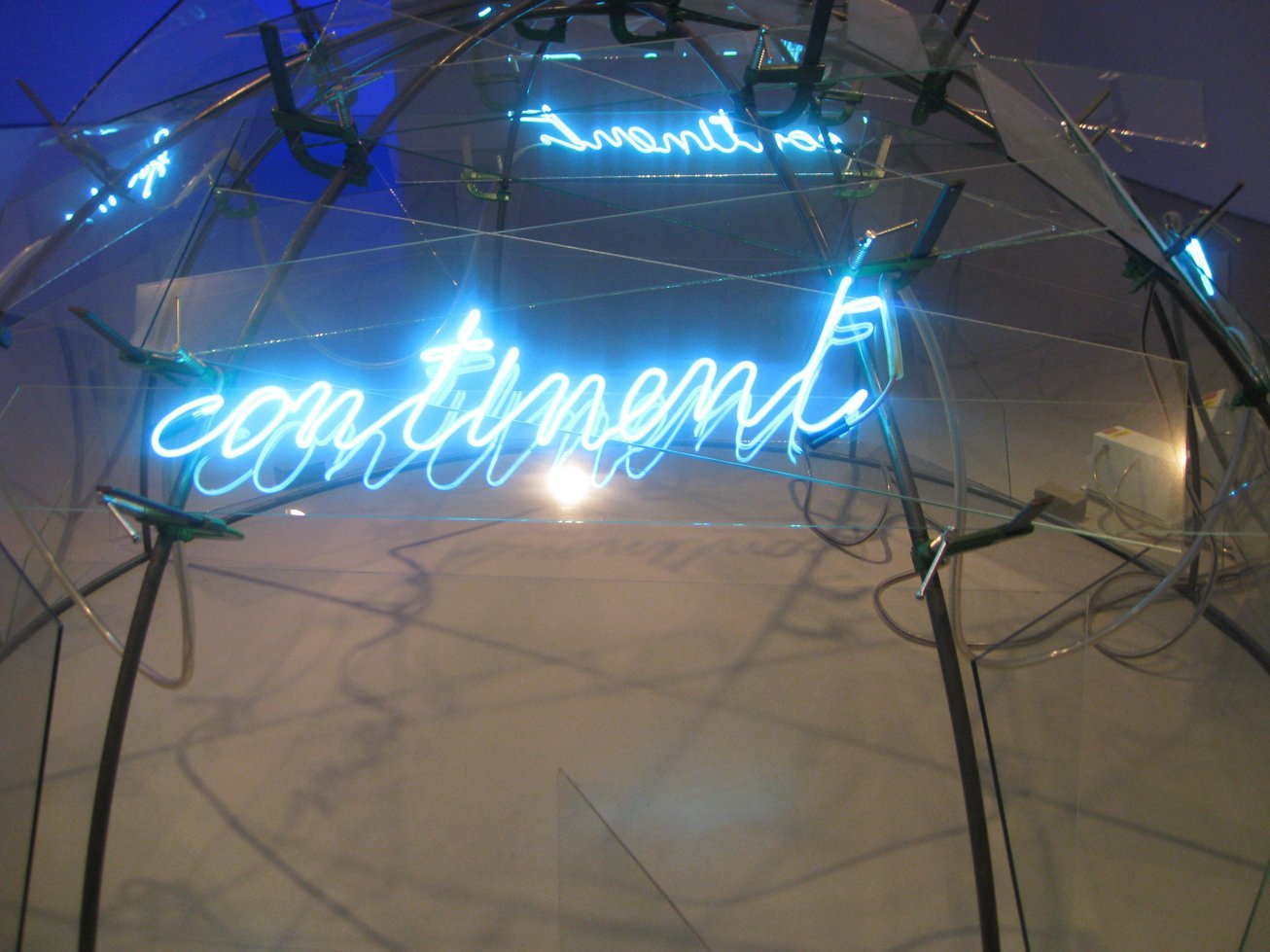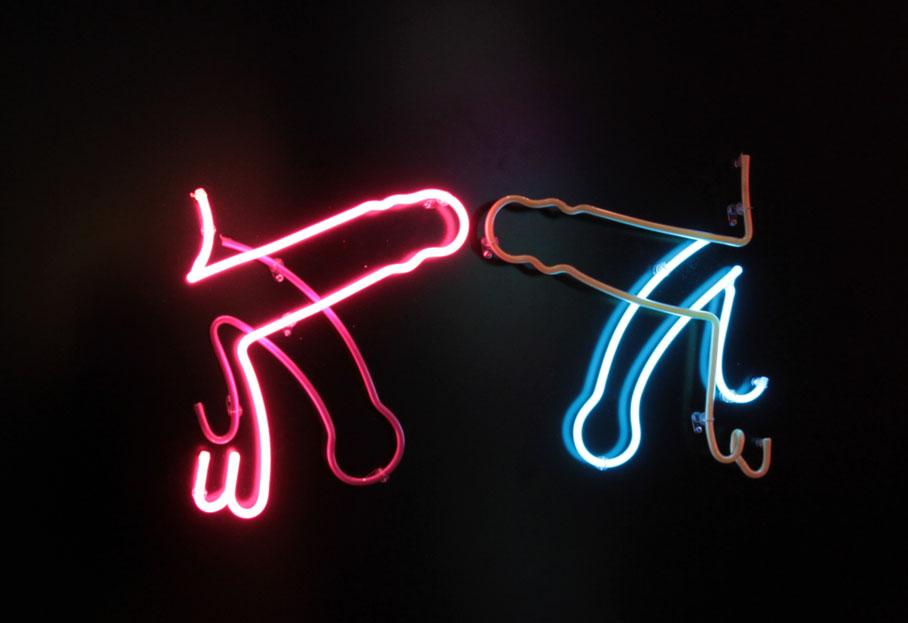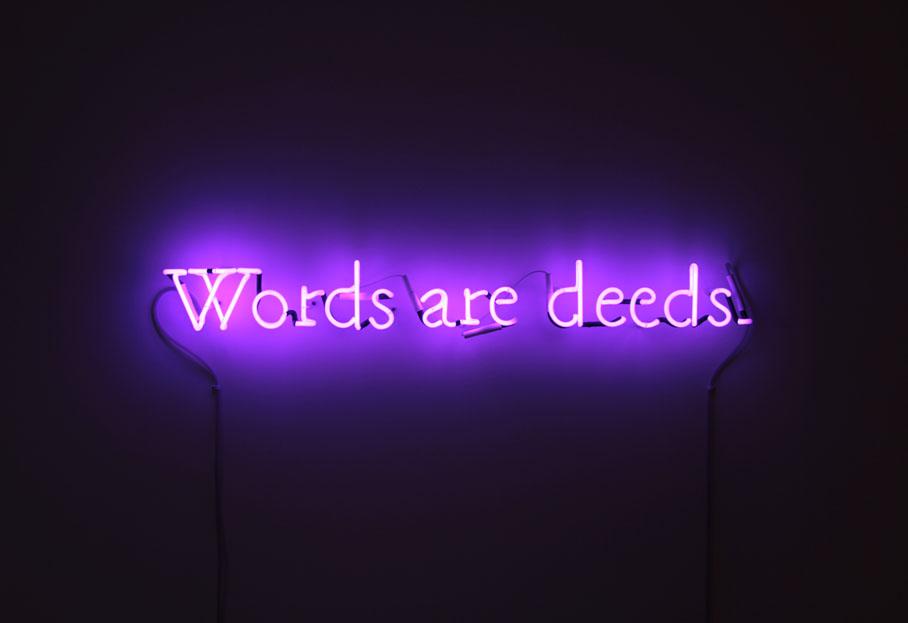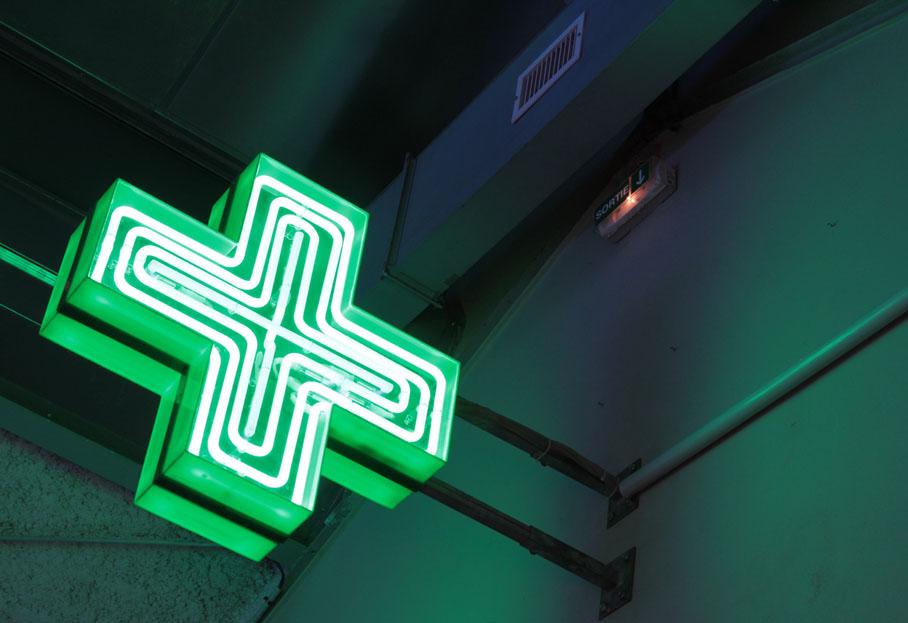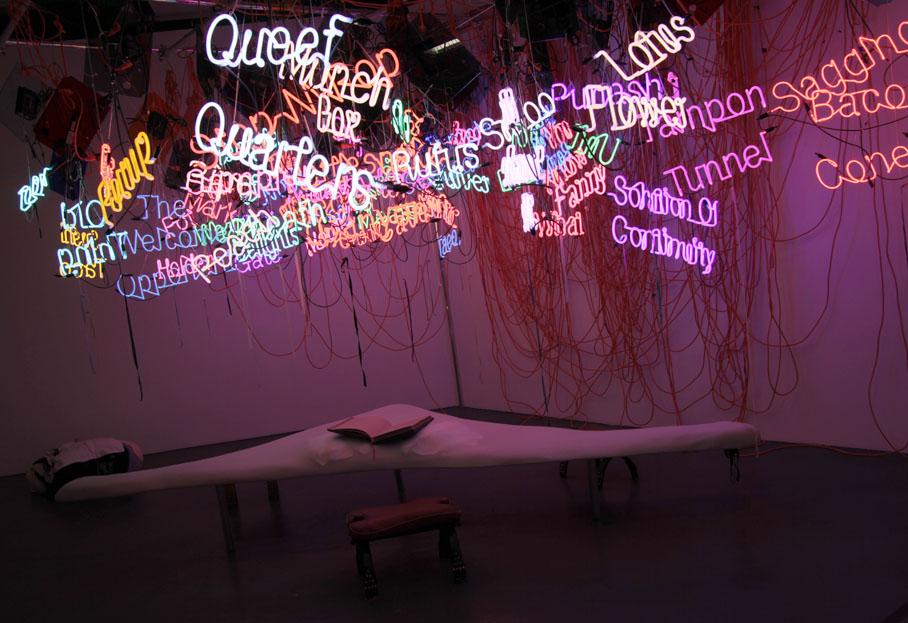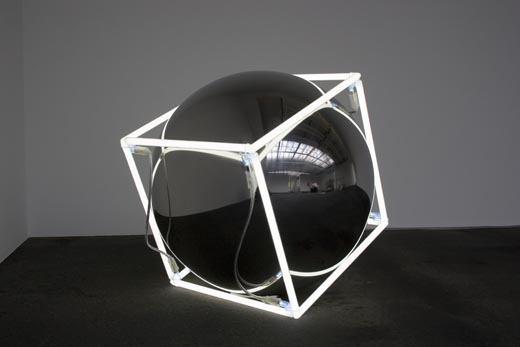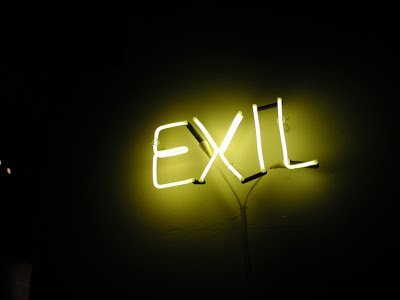From Lucio Fontana to Nina Canell: a brief photographic history of neon light in art
- Lucio Fontana, Neon structure for the IX Triennale of Milan, 1951.
- Joseph Kossuth, Néon, 1965.
- Dan Flavin, greens crossing greens (to Piet Mondrian who lacked green), 1966. Green fluorescent light. First section: 4 ft. (122 cm) high, 20 ft. (609.6 cm) wide; second section: 2 ft. (61 cm) high, 22 ft. (670 cm) wide. Photo courtesy of Stephen Flavin © 2009 Stephen Flavin/Artists Rights Society (ARS), New York; courtesy of David Zwirner, New York/London.
- Joseph Kosuth, “Four Colors Four Words”, 1966.
- Bruce Naumann, “The True Artist Helps the World by Revealing Mystic Truths”, 1967.
- Mario Merz, Che Fare?, 1968-73. Aluminium, wax and neon lights, 125 x 668 x 191 mm, 2.8 kg. Courtesy of Tate / National Galleries of Scotland.
- Pier Paolo Calzolari. Untitled (Materasso: “senz’altri rumori che i miei” ), 1971, Courtesy of the artist and Paolo Semprucci.
- Pier Paolo Calzolari, Untitled, 1971. Leather belts, neon, lead sheets, refrigerator motor, transformer.
- Mario Merz, “From Continent to Continent,” 1985. Steel, glass, neon, clay, metal cables, electrical wire, transformer.
- Bruce Nauman (1941) Big Welcome, 1985, Collection Daniel Hechte.
- Joseph Kosuth, “Words Are Deeds” (“Les mots sont des actes”), 1991.
- Maurizio Cattelan (1960) Christmas 95, 1995 Fondazione Sandretto Re Rebaudengo, Torino courtesy Maurizio Cattelan’s Archive photo Studio Blu.
- Tracey Emin, “Just Love Me”, 1998.
- Jonathan Monk, “All the Possible Ways of Lighting a Chemist Shop’s Sign (One Light at a Time), 2002.
- Jason Rhoades, Untitled, 2004, Courtesy Collection Frank Cohen.
- Jeppe Hein, Framed Ball, 2007. High polished stainless steel, neon tubes, transformers 50 x 50 x 50 cm Ø 65 cm / 19 3/4 x 19 3/4 x 19 3/4 in Ø 25 1/2 in.Jeppe Hein, Framed Ball, 2007. High polished stainless steel, neon tubes, transformers 50 x 50 x 50 cm Ø 65 cm / 19 3/4 x 19 3/4 x 19 3/4 in Ø 25 1/2 in.
- Adel Abdessemed, Exit, 2007, 11 neon, 23,5 x 34,9 cm. © Adel Abdessemed, ADAGP Paris 2012, Courtesy of the artist and David Zwirner, New York/London.
- Nina Canell, And So Entangled, 2012. Installation view, Sydney Biennale, 2012.
Writing the history of the use of neon light in art has always been a great challenge for scholars, as well as a source of inspiration for exhibitions. For instance, the show dedicated to this art tool – calling it a medium sounds a bit excessive – that took place in 2012 at the Maison Rouge, Paris. But of course that show was far from been exhaustive, and this history has not yet reached its end. That is why the new solo show of Nina Canell at the Camden Art Center (until 30 March 2014) has been too tempting for us to resist. Here is our easy history, starting from Lucio Fontana, who if not the first artist to use the neon – before him Zdeněk Pešánek in 1936 and Gyula Košice in 1946, according to the MoMA – was probably the first doing it completely consciously. Furthermore, composing the gallery made us realize the important role that photography has been playing in the circulation of this kind of artworks.
January 17, 2014

